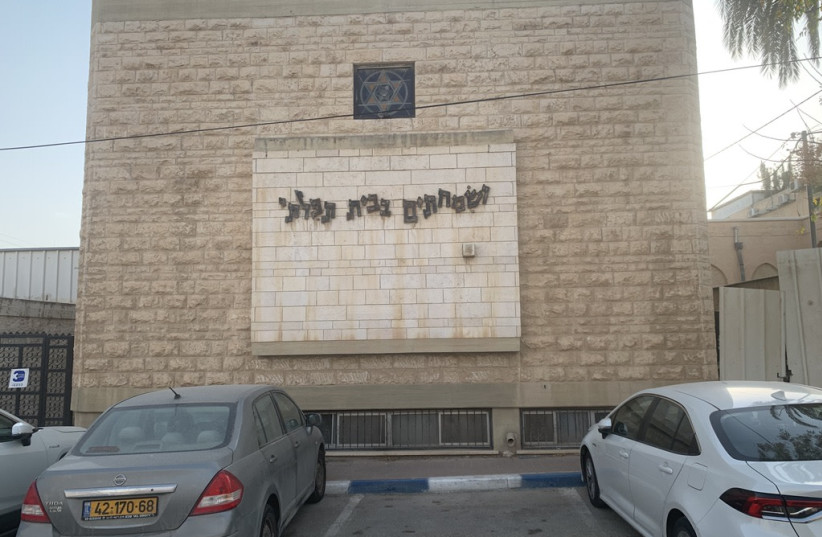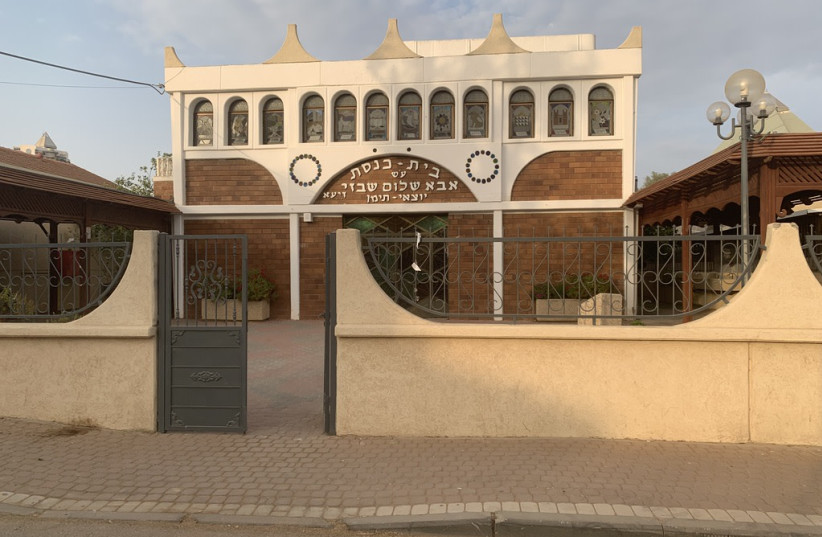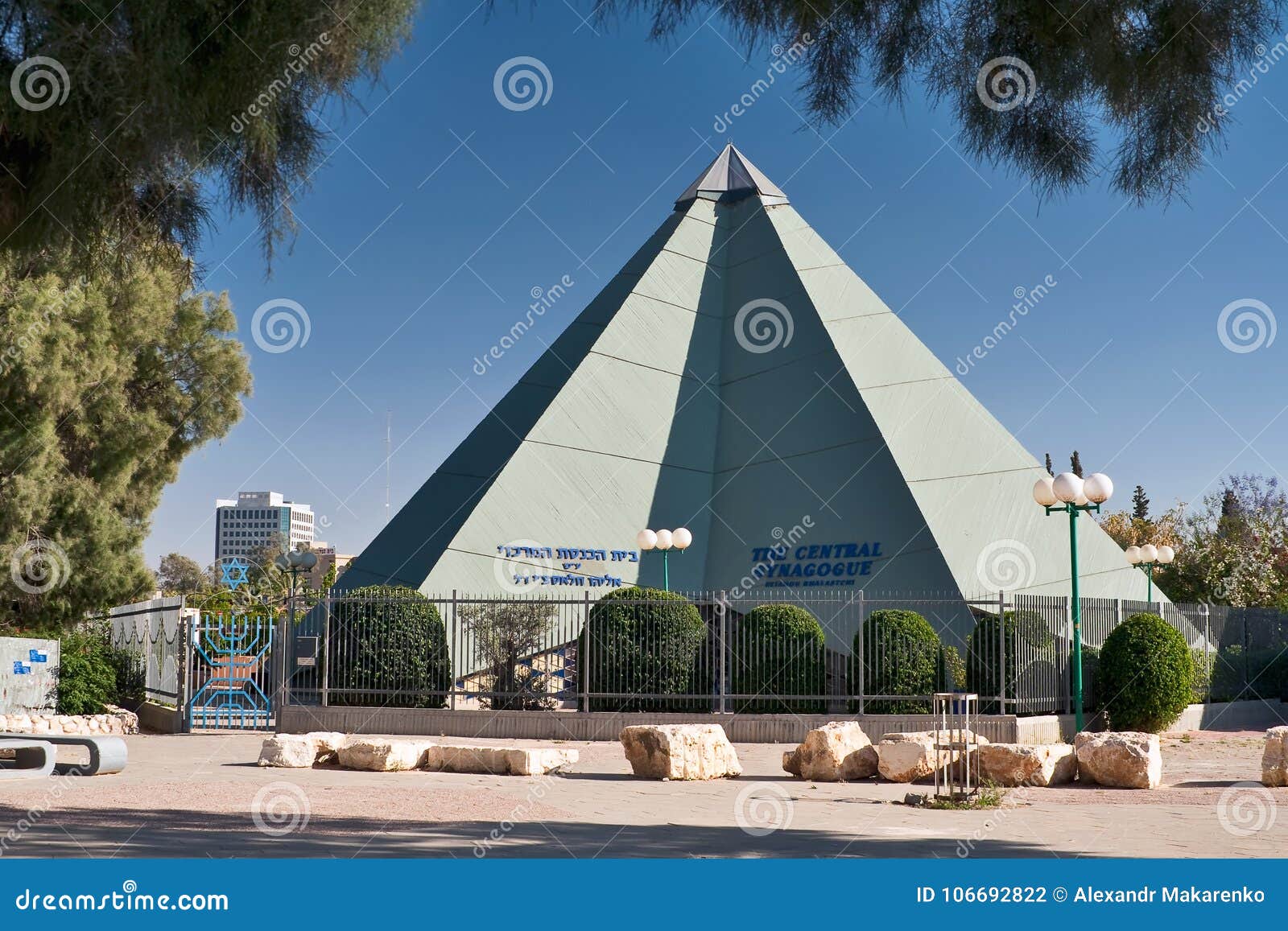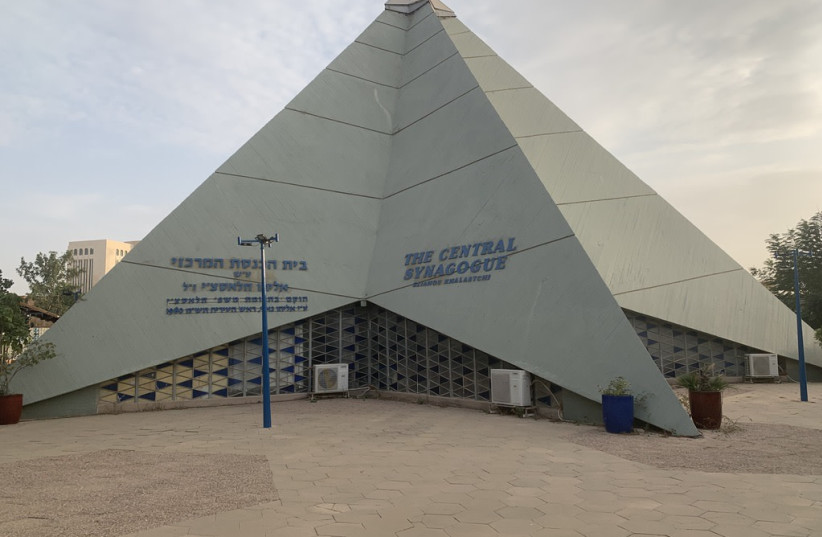The Book of Genesis, with its stories from over 6,000 years ago, gives great importance to Beersheba. It tells of the forefathers Abraham, Isaac and Jacob – Beersheba’s distinguished residents who improved its natural resources by digging wells, and established its spiritual position as the place where the Divine appeared to them with personal messages.
In 1917, at the Battle of Beersheba, General Allenby’s Australian troops breached the Turkish lines of defense and captured the wells in what was to become the last successful cavalry charge in British military history.
Much of its modern history is within living memory. Jewish settlement, currently poised to reach a quarter of a million residents within the next decade, only became substantial after the War of Independence, whereby the 1949 Armistice Agreements formally granted Beersheba to the State of Israel. The majority of the present population comes largely from the children of Jewish immigrants of countries in North Africa and the Middle East. It continues to be augmented by immigrant groups from India, Ethiopia, the former Soviet Union and English speaking countries, many of whom have been attracted by the region’s rapidly expanding local employment opportunities, such as Israel Aerospace Industries, Ben Gurion University, Soroka Medical Center, RAD Data Communications, and multinational companies, such as EMC and Ness Digital Engineering.
Residents are fond of remarking that a considerable sense, knowledge, and love of Jewish tradition underpins the city’s culture, which includes many Jews who have the superficial appearance of being among the practicing. This is reflected by there being well over 200 synagogues listed by the city religious council, which works out at about one for every 95 inhabitants, with Sephardi and Moroccan places of worship outnumbering Ashkenazi ones by 10:1.
Few synagogues are in Beersheba’s Old City. A notable exception is the Hadassah Synagogue, named in commemoration of the doctors, nurses, patients, students, and faculty of the Hadassah Hospital on the east side of Jerusalem who were killed when their convoy was attacked by Arabs in April 1948. Though it looks mid-20th century in appearance, veteran residents claim that it is the oldest synagogue in the city, though that cannot be verified because no orderly registration of synagogues was made in the early years of the State of Israel. It caters to the Ashkenazi community and is under the current leadership of Rabbi Kofika Natan.

In sharp contrast, the northern adjacent neighborhood Aleph offers a veritable feast of synagogues, on or within a short walk between Simtat Shabazi Street and the southern side of Moses Montefiore Street. Clean and well maintained, the area itself hosts several sizable gems of synagogues, mainly from diverse communities from the Middle East and North Africa, with Chabad and Romanian communities nearby. Each one is a fundamentally different world.
To the non-initiated, the services and proceedings may appear to be similar, with different versions of essentially the same prayer here or tune there. If you get talking to the cognoscenti among the regulars, they will delight in letting you know exactly how and why their synagogue is distinguishable from all others, how these subtle distinctions may be deeply rooted in their identity and the sense of pride in their communities of their countries of origin.
You can find places of worship close together, such as traditional Sephardi (Eliyahu Hanavi), and Sephardi from Tunisia (Yad Rama), Libya (Hanasi), Egypt (Ha’avot), Iraq (Eliyahu Khalastchi), Iran (Avraham Eretz Kedosha), and Yemen, and the differences within those communities are maintained, with the Yemenites following the Shami style of worship at the Shalom Shabazi Synagogue and the Hajabi Yemenite style at the Sha’arei Tzedek Synagogue.

One thing that most of these synagogues appear to have in common, other than being spotless, is a modest opulence that postdates the austerity of the early years of the State of Israel. You see it in the craftsmanship of the wood panelling, the sophisticated and tasteful metalwork, and in the entire décor that often expresses the country of origin of the synagogue. Almost entirely financed by donations from affluent members and friends, they are festooned with plaques in recognition of their benefactors and in memory of their nearest and dearest.
In contrast, the beautiful interior design of Eliyahu Hanavi Synagogue (Sephardi) was sponsored by a single source: the Bar Yosef family, whose matriarch financed its construction. The synagogue has remained in the hands of the same person, Nissim Bar Yosef, who is currently the director, warden, and cantor.
The most extreme example of that opulence visually dominates all other synagogues and is known locally as The Pyramid. It opened its doors just before Rosh Hashanah 1980. Rabbi Moshe Dali, one of the prominent leaders of the Iraqi community in Israel, jumped the line for municipal place-of-worship financial support through enabling Iraqi businessman David Khalastchi, agriculturalist and supplier of American cars to embassies in Baghdad, to finance this synagogue-with-a-difference in memory of his uncle, Eliyahu. Tapering to 18 meters in height, its slanted roof is semi-transparent, admitting different hues of daylight according to the hour, which are said to convey something of the spirit and design of the Biblical Tent of Meeting. Open on Shabbat and Festivals, weekday services take place in a smaller pleasantly furnished adjacent structure.
As in other cities, the best time to visit is toward sundown. Just pick any synagogue and ease yourself in. The synagogues don’t seem to be heavily touristed, so you could well be a bit of a celebrity. Respond to eye contact, smile and join in the service if you can and you should fit in nicely, especially if you can speak some Hebrew. Just one thing though: the notices prohibiting chatting during the services mean what they say. One sign I photographed said no talking or else! I didn’t put it to the test.
Over the past few decades, the residential districts of Beersheba have expanded and increased, duly accompanied by infrastructure and synagogues. The synagogues tend to reflect the origins of its congregants, who are mostly Moroccan. As well, there is a growing number of Ashkenazi synagogues from across the religious-Zionist, haredi and hassidic spectrum. A lack of space precludes a comprehensive cover of the suburbs, but for starters try:
•The Rinat Miriam Synagogue, which has an impressive Greco-Roman facade, is a newcomer to the scene in the outer suburb of Ramot. It built its membership at its opening through its special offer of a seat for life for whoever bought a seat on that day only.
•The Synagogue of the Haredi campus is moving out to larger and far more ornate premises in a new extension in neighborhood Vav. It is the most highly used synagogue in the city and is attended by over 1,000 worshipers a day of all types who drop in at different times for services and Torah study. Both activities take place in different rooms, one event starting soon after another, as people arrive at different times.

Overall, Beersheba contains a wide array of synagogues to explore. Though synagogues are not the first thing that comes to mind at the mention of Beersheba, they are good low-key environments in which to connect with the city’s residents, as long as it’s not during prayer times.
While plenty of Torah learning goes on, I didn’t see any study groups advertised in English in contrast to the numerous ones in Jerusalem, but the intrepid visitor may well find some.■


